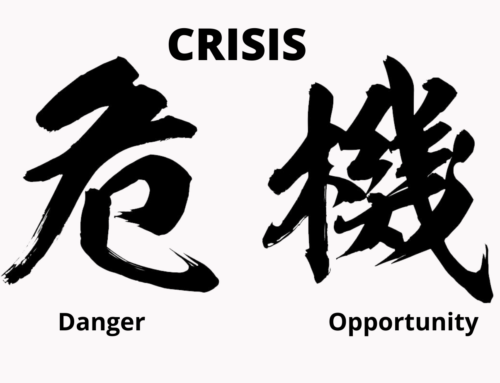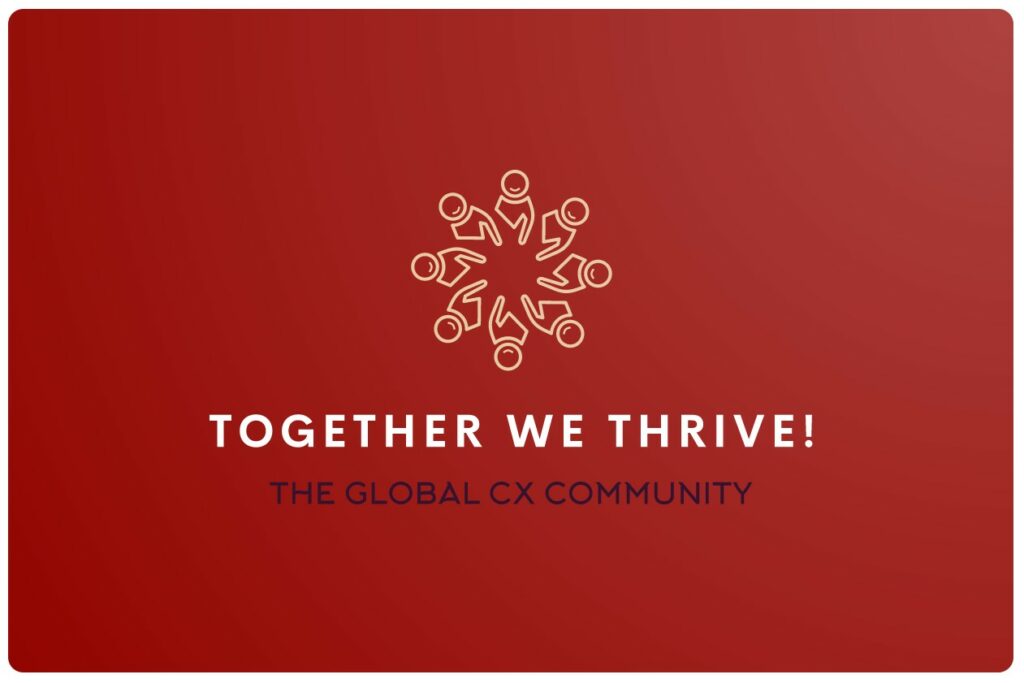Think back to the last positive experience you have had with a company as their customer. They might have processed your order faster, patiently lead you through an issue with your purchase, or offered an added service that pleasantly surprised you. Chances are all of these positive experiences had company employees behind them, in one way or another.
The truth is that engaged employees drive customer experience. And to be an engaged employee, your overall experience of work and at work must be positive. Seems pretty straightforward, however are the companies seeing this interrelationship of customer experience (CX) and employee experience (EX) in the right way? Here at the Customer Institute, our board of directors offer a glimpse into the current state of the EX, and whether it is a driver of the customer experience and vice versa.
EX still lagging behind CX
The consensus across the board is that the EX could and should be picking up faster. Organizations, especially small and medium are still very much focused on the management of customer experiences with no or little focus on EX. Often, EX is seen as the function of the HR department, however, between challenges with internal processes and recruitment, human resource departments are struggling to make it a priority.
Nevertheless, the shift is definitely there. Our directors note that companies have started listening to customers through the voice of their employees. Employees are feeling listened to translating this improvement into the experience they are delivering to customers. This slight shift has made it possible for respective departments, such as HR and sales to work together, slightly cracking a wall in the notion that EX and CX are separate unrelated topics. Today, organizations look at employees with more empathy and function names like Human Capital are increasingly replaced with Chief People Officers coaching their teams to optimize employees’ experiences as much as their productivity. And even though most do not have clear employee journeys or career maps, this switch in their understanding is a promising start.
The lack of talent is promoting EX
What the board of directors in the Customer Institute are seeing is that company leaders, and top executives have realized the importance of making work more enjoyable and have taken concrete steps to find and devise practical steps to make “wellbeing at work” a reality. But, if before, employee experience was seen as team lunches, free drinks on Fridays and ping-pong tables, the Great Resignation has shown that there is a difference between treating employees well and understanding employee experience.
The good news is that many companies are exploring the idea of EX and even more agreeing that it is a key enabler for great CX. In some cases, EX is overtaking CX in importance, both as a strategy to keep current employees as well as an on-brand way to introduce new ones. Especially tech companies, fighting a particularly fierce battle over talent in the industry, are very much aware of what they have in their teams and are willing to spend time and additional money to create better working environments.
Still too many silos to break down
As practicing professionals, many of our directors have implemented employee experience functions in their organizations. They evaluate work-life balance, management style, values, culture, role alignment, etc. which are then passed down to each department to devise specific action plans to improve these dimensions of EX. HR and CX departments are working together closely to design or re-design the onboarding journeys for the newcomers, promoting better business etiquette for the front liners etc. However, even in these cases, our directors point out that the gap between EX and CX is still there.
Surprisingly, today EX is largely siloed from CX. Directors unanimously agree that a sound CX strategy empowered by an equally profound EX strategy is still the rare exception. Directors note that it requires a real commitment from top executives of a company to better align experience management processes; and the bigger the company the more difficult it gets.
Today, only an estimated 5% of companies are putting dedicated focus on EX, compared to an estimated 70-80% of organizations engaging in some form of customer experience management.
EX will grow-up to be a profound corporate function
Is that because the concept of employee experience is fairly new? Much like customer experience maturing from listening to the voice of the customer, deriving insight from that, and finally turning insight into continuous improvement, also EX has to go through the process of distillation in the minds of executives to finally translate thoughts into action. Leaders might show interest in the subject, have awareness about it, but they might be unsure where to start.
The Board of Directors suggest a helpful analogy to facilitate the understanding: EX and CX are two sides of the same coin. As the customers are the external driver for the company success, so are the employees the internal driver for it. The experience management for both can be designed symbiotically and implemented together. Industry professionals of the Customer Institute suggest that every CX strategy should be empowered by an EX-strategy, and management should leverage employee experience as a driver of customer experience and organizational success. EX plays as critical a role as CX in delivering value to an organization’s stakeholders. Engaged employees deliver engaging customer experiences, and those engaged customers buy, return, and positively refer the business.
Management of EX is more imperative today than ever before! To attract and retain top talent, it is critical that organizations design and deliver meaningful, beneficial employee experiences. For sustainable success, organizations must listen to the voice of their people, involve employees in the planning of the work that affects them, and recognize the role of individuals and teams in achieving customer and financial success.









Leave A Comment